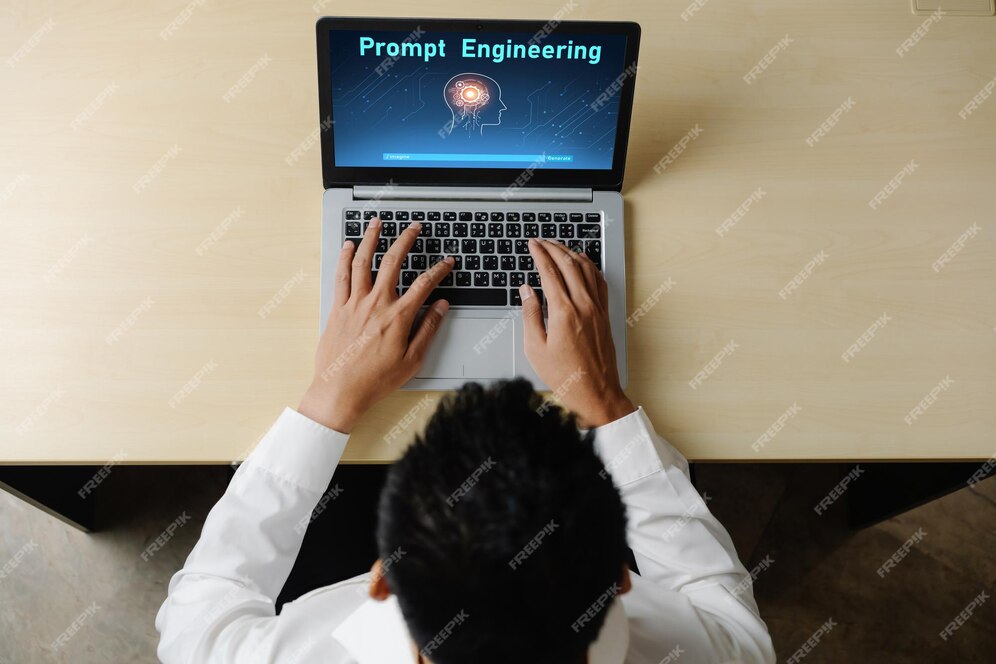
Maintaining originality in content creation is more important than ever. Whether you’re a student, writer, or business professional, ensuring that your work is free from plagiarism is critical for maintaining credibility and avoiding serious repercussions. This is where plagiarism check AI tools come into play. With advancements in artificial intelligence, these tools have become more powerful and efficient, allowing users to detect duplicate content quickly and accurately.
But what exactly is plagiarism check AI? How does it work, and why should you use it? Let’s explore the details of this modern technology and understand its growing role in content verification.
What is Plagiarism Check AI?
Plagiarism check AI refers to the use of artificial intelligence algorithms to detect duplicated or copied content in a piece of writing. Unlike traditional plagiarism detection tools that rely on keyword matching or simple comparisons, AI-driven tools use machine learning and natural language processing (NLP) to understand the context of the text, identify paraphrased content, and catch even the most subtle forms of plagiarism.
These AI systems are trained on vast datasets, including academic papers, books, articles, and websites, enabling them to provide more accurate results than older methods. They don’t just compare words; they analyze sentence structure, writing style, and the intent behind the text, offering a more sophisticated plagiarism detection process.
Why is Plagiarism Detection Important?
Plagiarism is more than just copying someone else’s work. It’s a violation of intellectual property, and it can lead to various negative consequences, including:
Academic Penalties: Students who submit plagiarized work can face serious academic repercussions, including failing grades or even expulsion.
Legal Issues: Using someone else’s copyrighted work without permission can lead to lawsuits and fines.
Damaged Reputation: For professionals and businesses, being caught plagiarizing can damage their credibility, leading to lost opportunities and trust.
Loss of Originality: Plagiarism stifles creativity and undermines the value of original work.
By using plagiarism check AI, individuals can avoid these pitfalls and ensure that their work is truly their own.
How Does Plagiarism Check AI Work?
Plagiarism check AI tools operate in a more sophisticated manner than traditional checkers. Here’s how they typically work:
Text Input: The user uploads or pastes the text they want to check for plagiarism.
AI Analysis: The AI scans the text using advanced algorithms. It breaks down the content into smaller units (like sentences or paragraphs) and compares them against a vast database of sources.
Deep Learning: The AI doesn’t just match exact phrases. It uses deep learning to understand the context, meaning, and tone of the text. This allows it to catch paraphrased sentences and even complex rewriting that may not be immediately obvious as plagiarism.
Report Generation: Once the scan is complete, the tool generates a detailed report showing the percentage of originality, highlighting the plagiarized sections, and providing links to the original sources.
Suggestions for Corrections: Some AI tools also offer suggestions on how to rephrase or cite the content to avoid plagiarism.
Top Features of Plagiarism Check AI Tools

When selecting the right plagiarism check AI tool, it’s important to look for the following features:
Contextual Understanding: AI-based plagiarism checkers can understand the meaning behind the text, making it easier to detect complex plagiarism where wording has been changed but the idea remains the same.
Large Database Access: The effectiveness of plagiarism check AI depends largely on the size and scope of its database. Top tools scan billions of websites, articles, and academic papers.
Real-time Detection: Many AI tools offer real-time plagiarism detection, giving users immediate feedback.
User-friendly Interface: A simple, intuitive interface is key, especially for those who aren’t tech-savvy.
Multi-language Support: Some advanced AI plagiarism tools can even detect plagiarism in multiple languages, expanding their usability worldwide.
Why Should You Use Plagiarism Check AI?
There are numerous benefits to using plagiarism check AI in your content creation process:
Accuracy and Speed: AI-driven tools are incredibly fast and accurate, providing more detailed results compared to older systems. They can analyze large amounts of text in a fraction of the time.
Contextual Detection: Unlike traditional plagiarism checkers, AI tools can understand paraphrasing and structural changes, offering a more thorough analysis.
Time-Saving: For students, writers, and professionals, time is always a factor. Using an AI-powered plagiarism checker allows you to get results quickly, helping you meet tight deadlines.
Improved Writing Quality: Many AI tools not only detect plagiarism but also suggest improvements in your writing. This helps enhance the overall quality of your work.
Academic and Professional Integrity: By ensuring that your content is original, you maintain academic and professional integrity, preventing the negative consequences associated with plagiarism.
Common Users of Plagiarism Check AI

Students: As academic institutions tighten their policies on plagiarism, students use AI tools to check their papers, essays, and assignments before submission.
Writers & Content Creators: Freelancers, bloggers, and journalists rely on AI plagiarism checkers to ensure the originality of their content and avoid accidental plagiarism.
Educators: Teachers and professors use plagiarism check AI tools to evaluate student submissions, ensuring that their students’ work is genuine and original.
Businesses: Content marketers, agencies, and companies producing reports, presentations, and marketing materials need plagiarism check AI to ensure that their work is unique and legally compliant.
Top AI-Powered Plagiarism Check Tools

Grammarly: Grammarly’s plagiarism detection is powered by AI and checks content against billions of web pages and academic papers.
Turnitin: Widely used in academic institutions, Turnitin uses AI to analyze student submissions and detect copied content.
QuillBot: A popular tool among students and professionals, QuillBot uses AI to detect plagiarism and suggest rephrasing for better originality.
Scribbr: This AI-driven tool is known for its comprehensive plagiarism reports, which include a similarity score and detailed feedback.
Plagscan: This tool is widely used in both academic and professional environments. It provides real-time, AI-based plagiarism detection.
In an era where content is constantly being created and shared, ensuring originality has become paramount. AI-powered plagiarism detection tools offer a revolutionary solution to this problem by providing fast, accurate, and in-depth content analysis. Whether you’re a student, a writer, or a professional, using a plagiarism check AI tool ensures that your work is not only unique but also free from any unintentional duplication. By incorporating these tools into your workflow, you can protect your reputation, uphold ethical standards, and produce high-quality, original content.
FAQs About The Plagiarism Check AI
How does AI improve plagiarism detection?
AI enhances plagiarism detection by understanding the context and meaning of text, allowing it to catch more complex forms of plagiarism, like paraphrasing.
Are plagiarism check AI tools better than traditional ones?
Yes, AI-driven tools offer more accurate results, especially when it comes to detecting paraphrased or restructured content.
Can plagiarism check AI tools detect plagiarism in different languages?
Some advanced AI tools can detect plagiarism in multiple languages, making them useful for a global audience.
How accurate are plagiarism check AI tools?
Plagiarism check AI tools are highly accurate, as they scan vast databases and use deep learning to detect even subtle forms of plagiarism.
Do plagiarism check AI tools work for non-academic content?
Yes, AI tools are effective for all types of content, including blog posts, articles, reports, and marketing materials.
